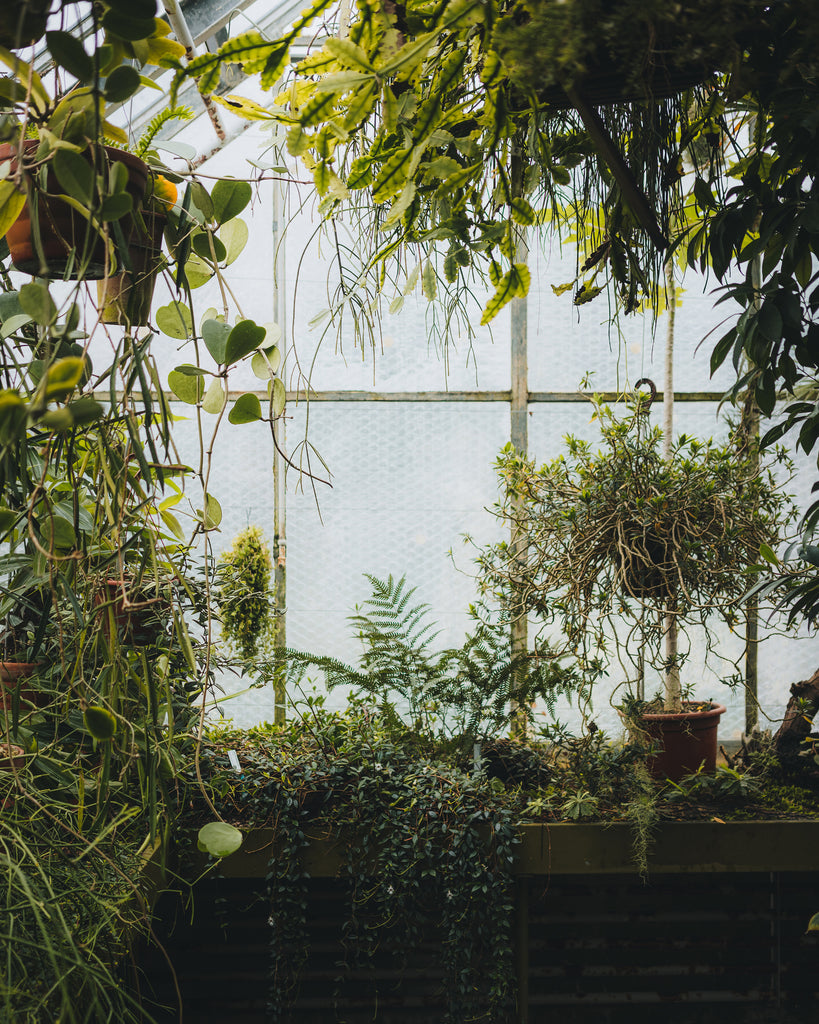As modern urbanisation expands, our connection with nature is increasingly becoming limited. The importance of integrating natural elements into our living spaces is now more crucial than ever. Enter biophilic design - an approach that seeks to bring the outdoors in by creating a healthier and more sustainable living environment. This blog post will explore the principles of biophilic design, its benefits, and how you can incorporate it into your home.
What is Biophilic Design?
Biophilic design is a concept that stems from the term 'biophilia,' which means 'love of life or living systems.' Coined by the American biologist E.O. Wilson, biophilia refers to the innate human tendency to connect with nature and other forms of life. Biophilic design, therefore, aims to incorporate natural elements into our built environment to satisfy this innate need.
Principles of Biophilic Design:
There are three primary principles of biophilic design:
- Direct Experience of Nature: This involves incorporating natural elements like water, plants, and natural light directly into the space.
- Indirect Experience of Nature: This principle focuses on using materials, colours, and shapes inspired by nature, as well as incorporating views of nature.
- Experience of Space and Place: This principle involves creating spaces that mimic natural environments, such as incorporating organic patterns and forms or creating a sense of refuge and prospect.
Benefits of Biophilic Design:
- Improved Mental Health: Studies have shown that incorporating natural elements into our living spaces can reduce stress, enhance mood, and increase overall well-being.
- Enhanced Cognitive Function: Natural elements can boost cognitive function, leading to improved concentration, creativity, and productivity.
- Physical Health: Biophilic design can improve air quality and increase exposure to natural light, positively impacting sleep, immune function, and overall health.
- Social Connections: Biophilic design can foster stronger connections with others by creating spaces that encourage social interaction and relaxation.
- Sustainability: Biophilic design encourages the use of eco-friendly materials and promotes energy-efficient practices, reducing our impact on the environment.
Incorporating Biophilic Design into Your Home:
- Maximise Natural Light: Increase the amount of natural light in your home by using light-filtering window treatments, installing skylights, or placing mirrors to reflect sunlight.
- Incorporate Plants: Introduce indoor plants, living walls, or even a small indoor garden to improve air quality, add a touch of natural beauty, and create a sense of calm.
- Use Natural Materials: Choose materials such as wood, stone, or bamboo for flooring, furniture, and decorative elements.
- Bring in Natural Colours and Patterns: Incorporate colours inspired by nature, like greens, blues, and earth tones. Add organic patterns and textures through artwork, textiles, or wallpaper.
- Create a Connection with the Outdoors: Arrange furniture to maximise views of the outdoors, or add a patio, balcony, or deck to extend your living space outside.
- Include Water Features: Water elements like indoor fountains, water walls, or aquariums can create a soothing atmosphere and enhance the overall ambiance of your home.
- Design Spaces for Refuge and Prospect: Create cosy nooks or seating areas that provide a sense of refuge, as well as open spaces with clear views to promote a feeling of prospect.
Biophilic design offers a way to rekindle our connection with nature and promote healthier, more sustainable living spaces. By incorporating natural elements and following the principles of biophilic design, you can create a home environment that benefits your physical, mental, and emotional well-being.

